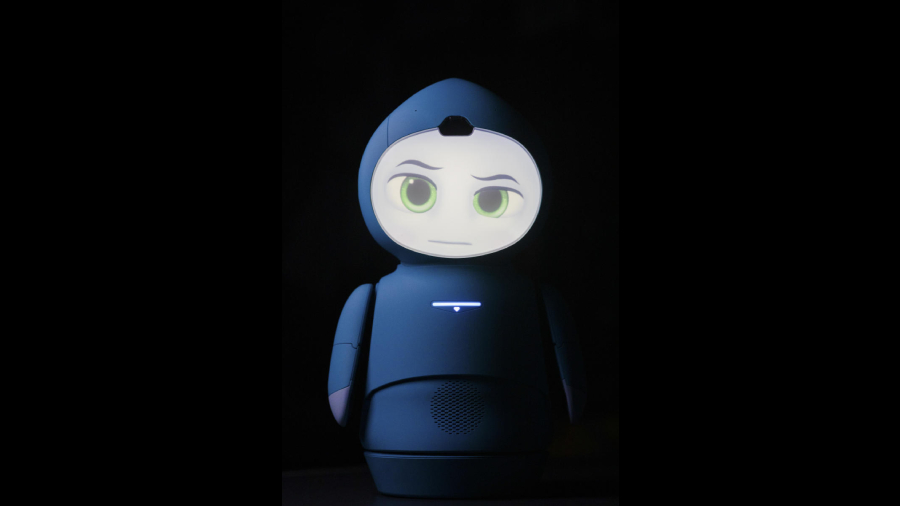What is the relationship between mind and body? Maybe the mind is like a video game controller, moving the body around the world, taking it on joyrides. Or maybe the body manipulates the mind with hunger, sleepiness and anxiety, something like a river steering a canoe. Maybe no metaphor will ever quite fit because there is no distinction between mind and body. There is just experience, or some kind of physical process, a gestalt.
These questions are gaining new urgency as sophisticated machines with artificial intelligence begin to infiltrate society. Chatbots such as OpenAI’s GPT-4 and Google’s Bard have minds, in some sense. Trained on vast troves of human language, they have learned how to generate novel combinations of text, images and even videos. When primed in the right way, they can express desires, beliefs, hopes, intentions, love. They can speak of introspection and doubt, self-confidence and regret.
But some AI researchers say that the technology won’t reach true intelligence, or true understanding of the world, until it works with a body that can perceive, react to and feel around its environment. For them, talk of disembodied intelligent minds is misguided, even dangerous.
“The body, in a very simple way, is the foundation for intelligent and cautious action,” said Joshua Bongard, a roboticist at the University of Vermont, US. “As far as I can see, this is the only path to safe AI.”
At a lab in Pasadena in California, US, a small team of engineers has spent the past few years developing one of the first pairings of a large language model with a body: a turquoise robot named Moxie. About the size of a toddler, Moxie has a teardrop-shaped head,soft hands and alacritous green eyes. Inside its hard plastic body is a computer processor that runs the same kind of software as ChatGPT and GPT-4. Moxie’s makers, part of a startup called Embodied, describe the device as “the world’s first AI robot friend”.
The bot was conceived, in 2017, to help children with developmental disorders practice emotional awareness and communication skills. When someone speaks to Moxie, its processor converts the sound into text and feeds the text into a large language model, which in turn generates a verbal and physical response.
Moxie’s eyes can move to console you for the loss of your dog, and it can smile to pump you up for school. The robot also has sensors that take in visual cues and respond to your body language, mimicking and learning from the behaviour of people around it.
“It’s almost like this wireless communication between humans,” said Paolo Pirjanian, a roboticist and the founder of Embodied. “You literally start feeling it in your body.”
Researchers at Alphabet, Google’s parent company, have taken a similar approach to integrating large language models with physical machines. In March, the company announced the success of a robot they called PaLM-E, which was able to absorb visual features of its environment and information about its own body position and translate it all into natural language. This allowed the robot to represent where it was in space relative to other things and eventually open a drawer and pick up a bag of chips.
Robots of this kind, experts say, will be able to perform basic tasks without special programming. They could ostensibly pour you a glass of Coke, make you lunch or pick you up from the floor after a bad tumble, all in response to a series of simple commands.
But many researchers doubt that the machines’ minds, when structured in this modular way, will ever be truly connected to the physical world and, therefore, will never be able to display crucial aspects of human intelligence.
Boyuan Chen, a roboticist at Duke University, US, who is working on developing intelligent robots, pointed out that the human mind — or any other animal mind, for that matter — is inextricable from the body’s actions in and reactions to the real world, shaped over millions of years of evolution. Human babies learn to pick up objects long before they learn language.
The artificially intelligent robot’s mind, in contrast, was built entirely on language, and often makes common-sense errors that stem from training procedures. It lacks a deeper connection between the physical and theoretical, Chen said. “I believe that intelligence can’t be born without having the perspective of physical embodiments.”

Units of the ‘AI robot friend’ at Embodied’s lab in Pasadena, US
Some experts, including Pirjanian, conveyed concern in a letter about the possibility of creating AI that could disinterestedly steamroll humans in the pursuit of some goal (such as efficiently produ- cing paper clips), or that could be harnessed for nefarious purposes (such as disinformation campaigns). The letter called for a temporary pause in the training of models more powerful than GPT-4.
Bongard, as well as a number of other scientists in the field, thought the letter calling for a pause in research could bring about uninformed alarmism.
But he is concerned about the dangers of our ever improving technology and believes that the only way to suffuse embodied AI with a robust understanding of its own limitations is to rely on the constant trial and error of moving around in the real world.
Start with simple robots, he said, “and as they demonstrate that they can do stuff safely, then you let them have more arms, more legs, give them more tools.”
And maybe, with the help of a body, a real artificial mind will emerge.










